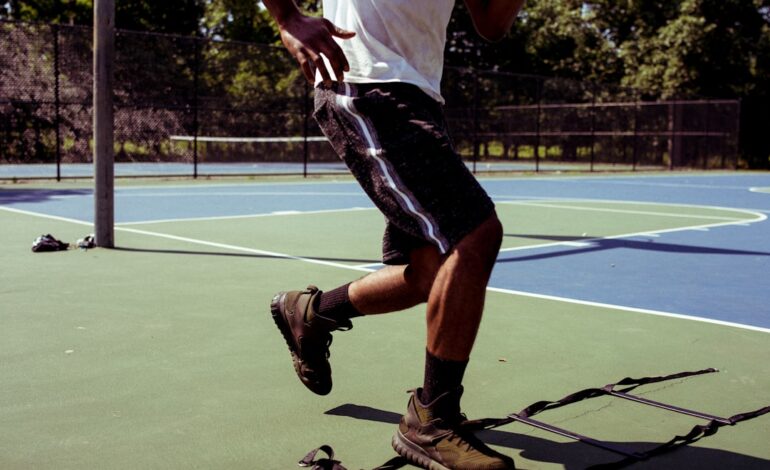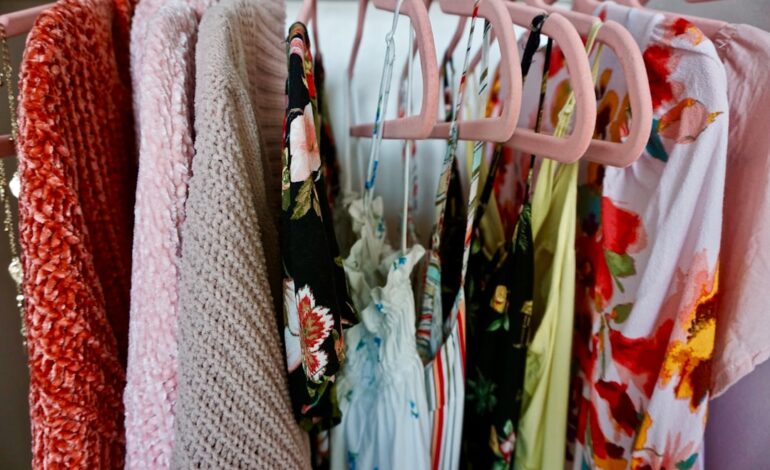Green is the new black: Your 2024 report on fashion industry sustainability
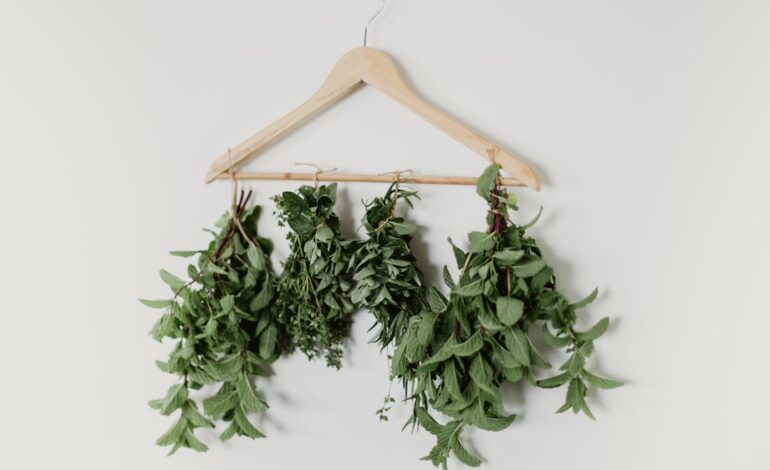
The eco-chic evolution: Sustainability is officially in style
Let’s be honest, for years ‘sustainability’ in fashion felt like a niche topic, reserved for hemp tote bags and earthy-toned linens. It was important, yes, but was it high fashion? Fast forward to today, and the conversation has completely transformed. Green is not just a color trend; it’s the new black, the driving force behind the industry’s most exciting innovations and a non-negotiable for a growing wave of conscious consumers. The question is no longer *if* fashion can be sustainable, but *how* it’s rapidly becoming the standard.
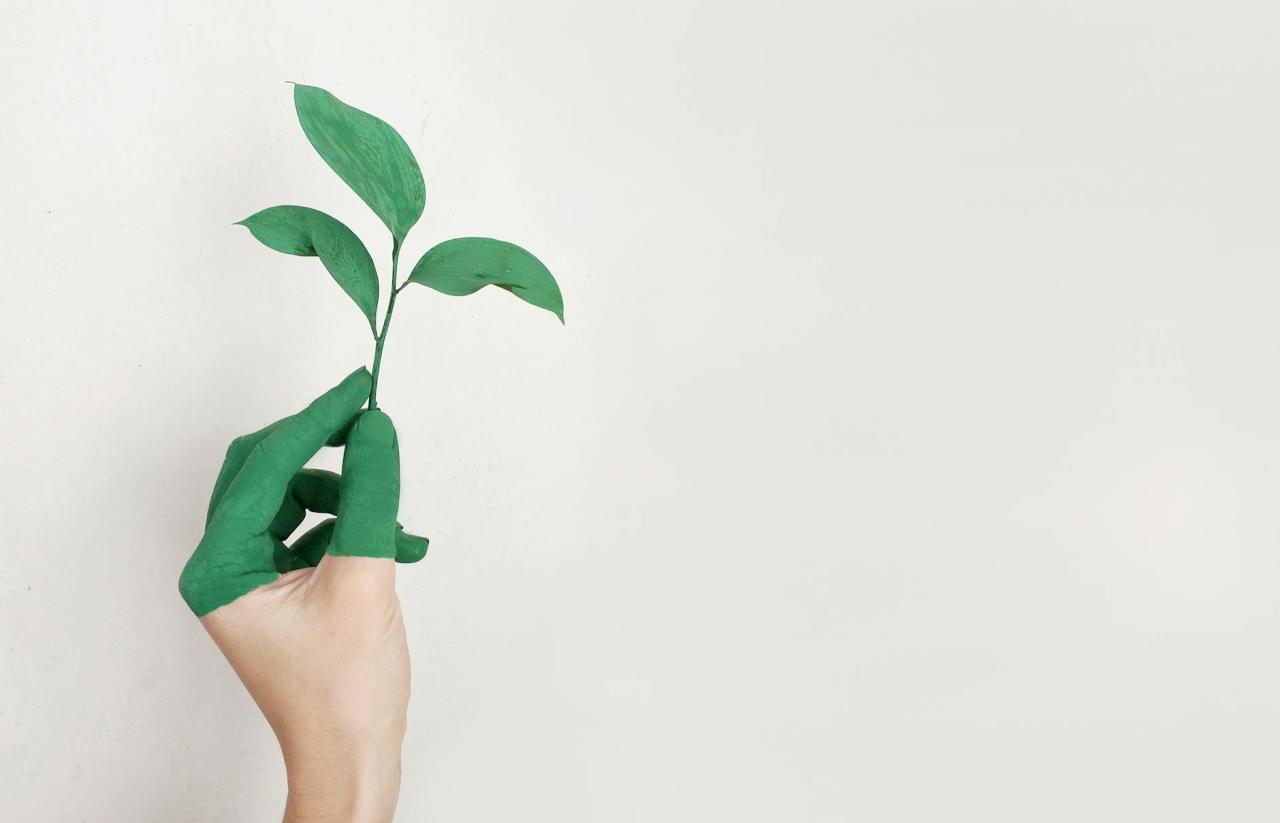
Here at KIQIZ, we’re always tracking the next big thing, and right now, nothing is bigger than the industry’s seismic shift towards a greener future. It’s moving beyond a simple marketing buzzword and embedding itself into the very fabric of how our clothes are designed, created, and even worn. So, what’s the latest? We’re diving deep into the news, trends, and breakthroughs that are redefining style for a new generation. Get ready to update your fashion vocabulary and your closet philosophy.
From buzzword to business model: Why brands are going green
The push for a more responsible industry isn’t just coming from activists anymore; it’s coming from us, the shoppers. With every tap, scroll, and purchase, consumers, particularly Gen Z and Millennials, are voting with their wallets. We’re demanding to know who made our clothes, what they’re made of, and what impact they have on the planet. This powerful consumer voice is forcing brands, from luxury powerhouses to high-street favorites, to pivot—and fast.

Sustainability is no longer a fringe ‘capsule collection’ released once a year. It’s becoming a core pillar of business strategy. Why? Because brands now understand that long-term relevance and profitability are tied to environmental and ethical responsibility. Investors are looking at ESG (Environmental, Social, and Governance) scores, and new regulations are on the horizon, making transparency and accountability mandatory, not optional. The chicest brands are realizing that a truly timeless design is one that doesn’t cost the earth.
Innovation in materials: The new fabric of fashion
The real magic is happening at the material level. Scientists and designers are collaborating like never before, creating a stunning new palette of textiles that are both beautiful and bio-friendly. This is where the future of your wardrobe is being woven.
Beyond organic cotton: The rise of plant-based leathers and more
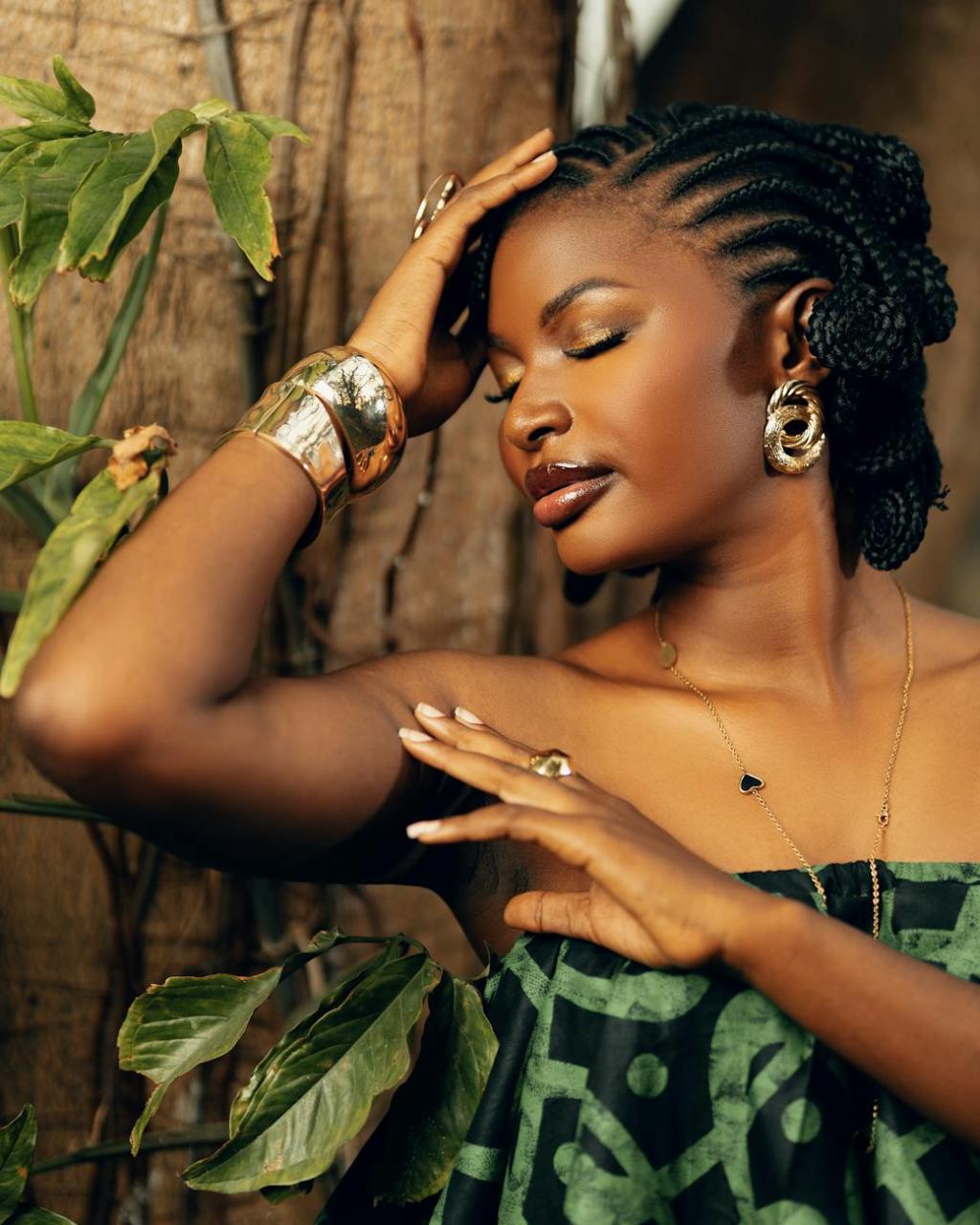
While organic cotton and linen are fantastic staples, the latest material innovations sound like they’re straight out of a science fiction novel. We’re talking about high-quality, durable materials grown from the most unexpected sources. Stella McCartney has been a long-time champion of mushroom leather (Mylo™), a soft, supple alternative to animal leather grown from mycelium, the root structure of mushrooms. Similarly, brands are experimenting with leather-like textiles made from pineapple leaves (Piñatex®), apples, and even wine grapes. These bio-leathers not only reduce reliance on animal agriculture but also often utilize waste from the food industry, creating a win-win for style and sustainability.
The comeback kid: Recycled textiles get a luxe upgrade
Remember when ‘recycled’ meant scratchy, unflattering fabrics? Those days are over. Thanks to incredible advancements in textile recycling, used materials are being transformed into premium-quality fabrics. Recycled polyester, often made from plastic bottles (rPET), is now a staple in activewear and even ready-to-wear, diverting tons of plastic from landfills and oceans. But it doesn’t stop there. Brands are increasingly working with recycled cashmere, wool, and cotton, giving post-consumer waste a second, glamorous life. This move towards ‘waste-as-a-resource’ is a cornerstone of the new fashion economy.
Water-wise wonders: Innovations in dyeing
One of the fashion industry’s biggest environmental footprints has traditionally been its massive water consumption, especially in the dyeing process. The latest updates show a huge push towards waterless and water-reduced technologies. Digital printing, for example, uses a fraction of the water and energy compared to traditional screen-printing methods and allows for incredible detail and customization. Other companies are pioneering CO2 dyeing, which uses pressurized carbon dioxide instead of water to dye textiles, creating a closed-loop system with virtually no water waste. It’s a behind-the-scenes change that has a massive real-world impact.
Circular fashion is closing the loop
The most significant trend shaping the industry is the shift from a linear ‘take-make-waste’ model to a circular fashion economy. The idea is simple but revolutionary: keep clothes in use for as long as possible, and when you’re done with them, ensure they can be repurposed or regenerated into new products, never ending up as waste.
The boom of resale and rental
The stigma around second-hand is officially dead. In fact, it’s now a status symbol. Platforms like The RealReal, Vestiaire Collective, and Depop have made buying and selling pre-loved luxury and vintage pieces an aspirational and mainstream activity. It’s the ultimate treasure hunt for unique finds that extend the life of beautifully made garments. Alongside resale, fashion rental services are exploding. Why buy a statement dress for a single event when you can rent it? Services like Rent the Runway and By Rotation are giving us access to a dream revolving closet, promoting the idea of ‘access over ownership’ and drastically reducing the demand for single-use occasion wear.
Brands are taking it back
Recognizing their role in a garment’s entire lifecycle, more and more brands are launching their own take-back, repair, and resale programs. Outdoor brand Patagonia has been a leader with its Worn Wear program, which celebrates and sells repaired, used gear. Denim giants like Levi’s offer in-store tailoring and repair services to extend the life of your favorite jeans. These initiatives build incredible brand loyalty and signal a commitment to quality and longevity over fleeting trends.
Transparency takes center stage
Have you ever looked at a label and wondered, ‘Who actually made this?’ You’re not alone. The new mantra for conscious consumers and forward-thinking brands is transparency. It’s the simple, yet radical, idea of openly sharing information about the supply chain—from the farm where the cotton was grown to the factory where it was stitched.
Brands like Everlane and Veja built their entire ethos on ‘radical transparency,’ breaking down the costs and processes behind each product. Now, the rest of the industry is catching on. We’re seeing more brands publish lists of their suppliers and invest in technology to trace their materials. Some are even adding QR codes to garment labels, allowing you to scan and see a product’s entire journey on your phone. This accountability is key to ensuring that our clothes are not only good for the planet but also for the people who make them.
What this means for your wardrobe: How to be a conscious fashionista
All this industry news is exciting, but how does it translate to your own closet? Being a sustainable style icon is easier and more chic than ever. It’s not about throwing everything out and starting over; it’s about shifting your mindset.
- Think ‘Cost Per Wear’: Instead of chasing a dozen micro-trends, invest in high-quality, timeless pieces you’ll wear for years. A classic trench coat or a perfect pair of jeans might cost more upfront, but if you wear them a hundred times, the cost-per-wear is minimal compared to a cheap top that falls apart after three washes.
- Become a Label Detective: Get curious! Look for certifications like GOTS (Global Organic Textile Standard) for organic fabrics or Fair Trade. Check brand websites for their sustainability reports or information on their supply chain.
- Embrace Pre-Loved and Rental: Mix vintage or pre-loved pieces with your new buys to create a unique style that’s all your own. Have a big event coming up? Explore a rental service for a show-stopping look without the long-term commitment.
- Care for What You Own: The most sustainable garment is the one already in your closet. Learn basic repairs, wash clothes less often and on cold cycles, and store them properly. Loving your clothes longer is the ultimate sustainable act.
The future is fashionable and green
The journey towards a fully sustainable fashion industry is a marathon, not a sprint. But the progress is undeniable and accelerating every day. From lab-grown fabrics to digital closets, the future of fashion is a breathtaking blend of style, science, and substance. As consumers, our choices, questions, and demands are the most powerful trend of all. By staying informed and shopping with intention, we are all part of this beautiful, necessary evolution. The most stylish thing you can do right now? Be conscious.
